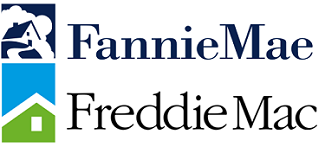
In mid-2008 the Federal National Mortgage Association (Fannie Mae) and the Federal Home Loan Mortgage Corporation (Freddie Mac), two government-sponsored entities, which had over $5.4 trillion in housing-related debt and securities outstanding, and which dominated the secondary residential mortgage market, began to report significant losses due to the effects of the U.S. housing crisis. The highly leveraged companies would also soon experience liquidity constraints. Due to their significant role in the mortgage market, and the fact that their debt and securities were widely held by many financial institutions and government entities, the U.S. government stepped in to prevent their sudden collapse, which would likely have also caused significant negative impacts to the already weakened financial system and the broader economy.
On September 6, 2008, pursuant the recently enacted Housing and Economic Recovery Act (HERA), the government took control of the two companies placing them into conservatorships and invested $185 billion to keep them solvent. It also purchased their debt and securities. Despite the stabilization of the companies, the mortgage market continued to experience severe contraction aggravated by high interest rates. To lower rates and loosen credit, in December 2009, the Federal Reserve implemented the Large Scale Asset-Purchase Program pursuant to which it purchased over $1 trillion of GSE debt and MBS between 2009 and 2010. By 2012, the companies had returned to solvency but they remain in conservatorship as of June 30, 2019.
Copyright 2019 Yale Program on Financial Stability
